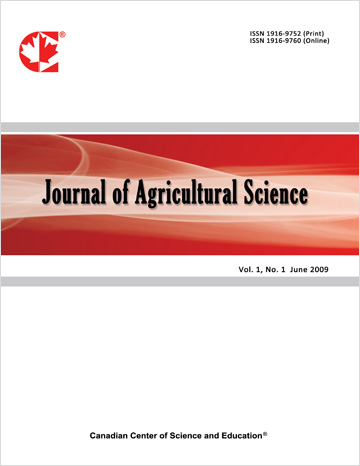A Demonstration of Leukergy—A Form of Leukocyte Aggregation—in Hen Blood Samples
- Paul F. Cotter
Abstract
Background and Objective: Leukocyte aggregation of blood is used to diagnose infectious and inflammatory disease in humans and mammals, but not yet in avians. This study describes aggregations of avian blood leukocytes demonstrating a behavior known as “leukergy.” It was detected in blood smears from a large study (N ~300) of commercial hens (LSL) housed in aviaries (AV) conventional cages (CC) and enriched cages (EN).
Methodology: Three samples at 32 wk and 3 at 56 wk were selected to illustrate the leukergy phenomenon. Aggregates, defined as clusters containing a minimum of 3 contiguous cells, were found by light microscopy of Wright-Giemsa stained blood films.
Results: The leukergy aggregates containing cells of the same series, called a homogeneous type, or a mixed series, called a heterogeneous type. The number of cells in an aggregate ranged from as few as 3 (minimum required) to hundreds. Most aggregates were large enough to be seen at 10× magnification. Cellular detail required either 40× or 100× (oil) magnification. Some aggregates contained only toxic heterophils; others contained only normal heterophils. Mixed aggregates containing normal lymphoid and monocytoid cells or reactive types were found in the clusters along with granulocytes. Reactive basophils were in some aggregates with granulocytes. Eosinophils were not found. Although also present along with leukergy, emboli composed of thrombocytes alone were not considered to represent the phenomenon. Heterophil/lymphocyte (H/L) ratios and total white blood (TWBCs) were computed by counting isolated cells and did not include cells of aggregates. Blood having high TWBC (> 100K) and low H/L (~0.1-0.6) ratios can contain aggregates. Leukergy could also be found in some blood samples with “normal” TWBC (~30K) levels. Bacteria were commonly observed in leukergy-positive blood samples and some contained bacteria attached to the leukocytes or to erythrocytes.
Conclusions: leukocyte aggregates containing 3 to hundreds of cells (leukergy) were in blood of commercial hens. The aggregates contained normal heterophils, toxic heterophils, and other leukocytes. Bacteria were common in positive samples. Microbial toxins likely affected cell surfaces, resulting in aggregations. Detecting leukergy during a standard differential count (SDC) demonstrates a cellular stress behavior. Leukergy implies infection, regardless of H/L ratios or the TWBC.
- Full Text:
 PDF
PDF
- DOI:10.5539/jas.v17n10p17
Journal Metrics
- h-index: 67
- i10-index: 839
- WJCI (2023): 0.884
- WJCI Impact Factor (2023): 0.196
Index
- AGRICOLA
- AGRIS
- BASE (Bielefeld Academic Search Engine)
- Berkeley Library
- CAB Abstracts
- ChronosHub
- CiteSeerx
- CNKI Scholar
- Copyright Clearance Center
- CrossRef
- DESY Publication Database
- DTU Library
- e-Library
- EBSCOhost
- EconPapers
- Elektronische Zeitschriftenbibliothek (EZB)
- EuroPub Database
- Excellence in Research for Australia (ERA)
- Google Scholar
- Harvard Library
- IDEAS
- iDiscover
- Jisc Library Hub Discover
- JournalTOCs
- KindCongress
- LIVIVO (ZB MED)
- LOCKSS
- Max Planck Institutes
- Mendeley
- MIAR
- Mir@bel
- NLM Catalog PubMed
- Norwegian Centre for Research Data (NSD)
- Open J-Gate
- OUCI
- PKP Open Archives Harvester
- Polska Bibliografia Naukowa
- Qualis/CAPES
- RefSeek
- RePEc
- ROAD
- ScienceOpen
- Scilit
- SCiNiTO
- Semantic Scholar
- SHERPA/RoMEO
- Southwest-German Union Catalogue
- Standard Periodical Directory
- Stanford Libraries
- SUDOC
- Swisscovery
- Technische Informationsbibliothek (TIB)
- Trove
- UCR Library
- Ulrich's
- UniCat
- Universe Digital Library
- WorldCat
- WRLC Catalog
- Zeitschriften Daten Bank (ZDB)
Contact
- Anne BrownEditorial Assistant
- jas@ccsenet.org
